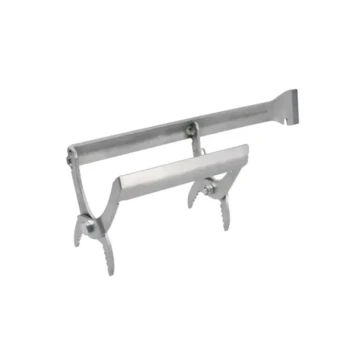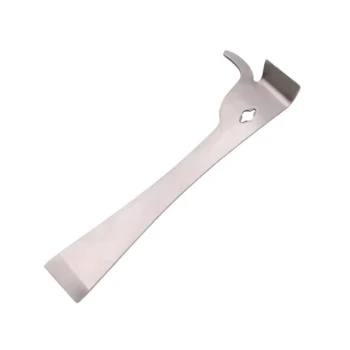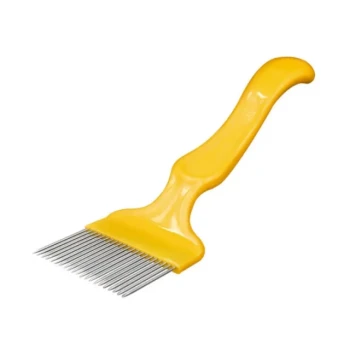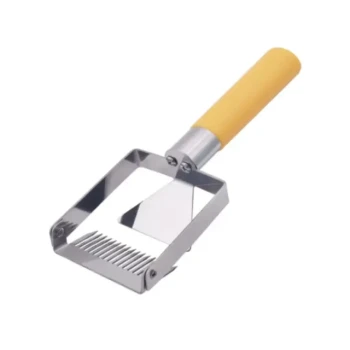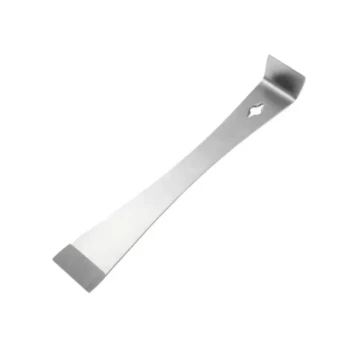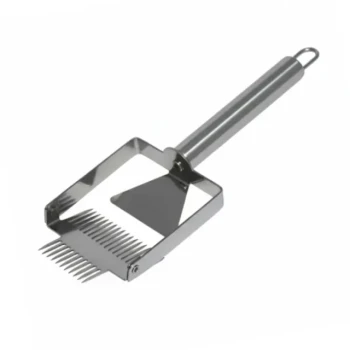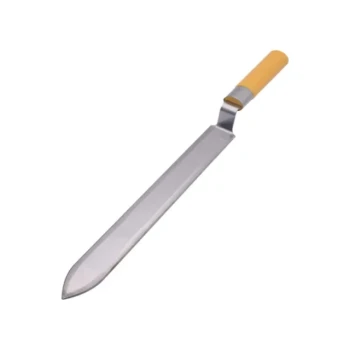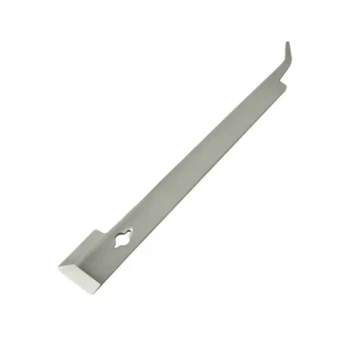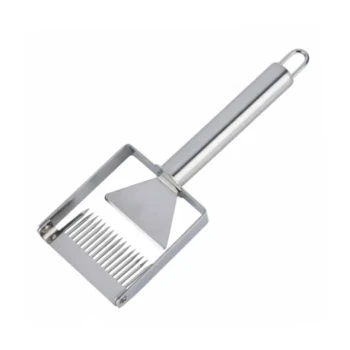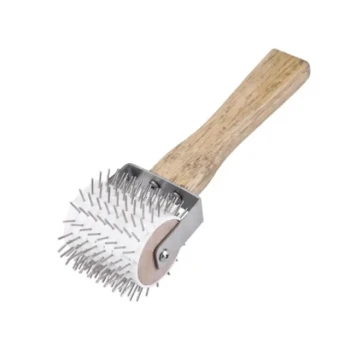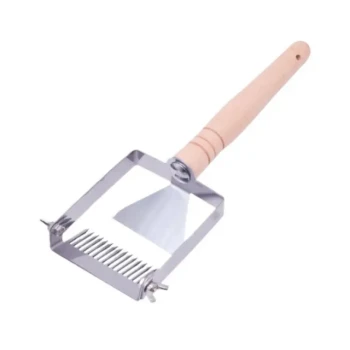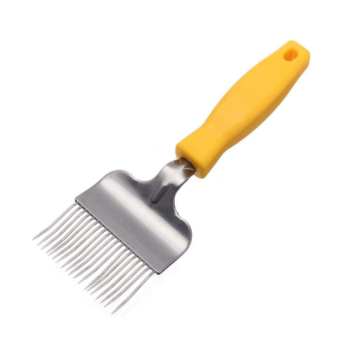Yes, queen cages are essential tools for introducing a new queen to any colony, including large and established ones. However, the process is far more delicate with a large hive. A powerful, established colony has a deeply ingrained social structure and scent profile, making it more likely to reject a foreign queen if the introduction is handled improperly.
The core challenge isn't whether you can use a cage, but how you use it. Success with a large colony hinges on a slow, deliberate introduction that allows the new queen's pheromones to gradually permeate the hive, ensuring her acceptance before she is released.
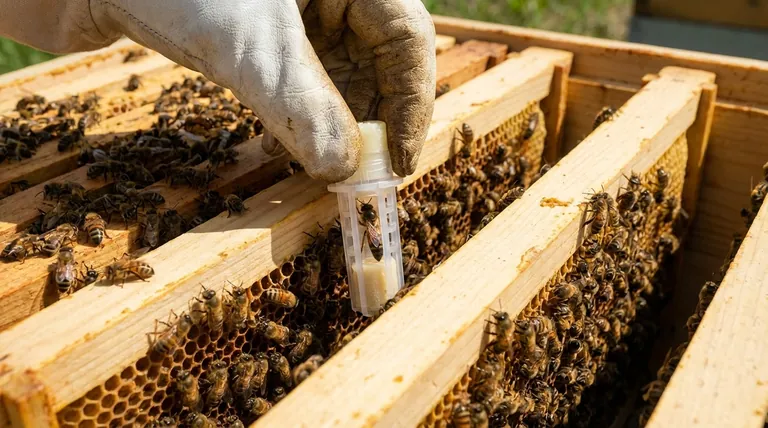
Why Large Colonies Pose a Unique Challenge
Introducing a new queen is fundamentally a process of convincing thousands of workers to accept a new leader. With a larger population, this challenge is amplified.
The Power of Pheromones
An established colony is saturated with the scent, or pheromones, of its previous queen. This chemical signature is the glue that holds the colony together. The new queen's scent is foreign and can trigger a defensive, aggressive response from the workers.
Worker Population and Temperament
A larger colony simply has more bees that can perceive the new queen as a threat. If a critical mass of workers becomes agitated, they can quickly overwhelm and kill her in a process known as "balling." The existing temperament of the colony—whether it's calm or defensive—is a major factor in their potential reaction.
The "Memory" of the Old Queen
Worker bees remain loyal to their previous queen's pheromones for a period after she is gone. The colony must be truly "queenless" and ready for a replacement. Introducing a new queen too soon after removing the old one can lead to immediate rejection.
The Strategy for Gradual Introduction
Your goal is to give the colony time to acclimate to the new queen's scent while she remains safely protected inside her cage.
The Standard "Slow Release"
Most queen cages are designed with a "candy plug." You place the cage between two frames in the brood nest, and the workers slowly chew through the hardened sugar candy to release her. This process typically takes three to five days, which is often enough time for her scent to spread and for the workers to accept her.
Extending the Introduction Period
For very large or known defensive colonies, a longer introduction is safer. You can delay the release by leaving the plastic tab over the candy hole for an extra day or two before removing it. This gives the colony more time to get used to her presence and pheromones before the release process even begins.
Critical Cage Placement
Placement is key to success. The queen cage should be placed in the center of the brood nest, where the youngest nurse bees reside. These younger bees are generally far more receptive to a new queen than older, foraging bees. Ensure the screen of the cage is accessible to the workers so they can feed and tend to her.
Understanding the Risks and Pitfalls
A failed introduction is costly and sets the colony back significantly. Awareness of the potential issues is your best defense.
The Risk of Rejection ("Balling")
"Balling" is the ultimate sign of rejection. Workers will cluster tightly around the queen cage or the queen herself, biting and stinging her until she dies. If you see a tight, aggressive ball of bees on the cage, do not release the queen. The colony is not ready.
Misinterpreting Colony Behavior
Observing workers on the cage screen is normal. However, you must learn to distinguish between curiosity and aggression. Gentle investigation and attempts to feed the queen through the screen are signs of acceptance. Frantic biting and stinging at the cage are clear signs of aggression.
The Queenless Prerequisite
Before introducing a new queen, you must be 100% certain the colony is queenless. This means no existing queen, no virgin queens, and no laying workers. A large colony with a hidden queen or laying workers will never accept a new mated queen.
How to Apply This to Your Colony
Your approach should be dictated by careful observation of your specific hive's characteristics.
- If your colony is large but generally calm: A standard 3-5 day slow release is often sufficient, but always check for signs of aggression on the cage before she is released.
- If your colony is known to be defensive or is exceptionally large: Extend the caged period to 5-7 days by delaying the workers' access to the candy plug for a day or two.
- If you are requeening a recently queenless hive: Wait at least 24-48 hours after removing the old queen to allow her scent to dissipate before introducing the new caged queen.
A successful queen introduction in a powerful colony is a direct result of your patience and your ability to read the bees' behavior.
Summary Table:
| Key Factor | Why It Matters for Large Colonies |
|---|---|
| Pheromone Saturation | A strong colony's scent is powerful; a slow introduction is critical for acceptance. |
| Worker Population | More bees mean a higher risk of perceiving the new queen as a threat. |
| Introduction Period | A standard 3-5 day release may need to be extended to 5-7 days for defensive hives. |
| Cage Placement | Must be in the center of the brood nest among younger, more receptive nurse bees. |
Ensure a smooth and successful requeening process for your apiary.
Introducing a new queen to a large, established colony is a high-stakes operation. Using the right equipment and techniques is paramount to protecting your valuable genetics and maintaining hive productivity. HONESTBEE supplies commercial apiaries and beekeeping equipment distributors with high-quality, reliable queen cages and introduction supplies designed for success in demanding conditions.
Let our expertise support your operation. We provide the durable tools you need to manage your hives with confidence.
Contact HONESTBEE today to discuss your wholesale needs and ensure your next queen introduction is a success.
Visual Guide
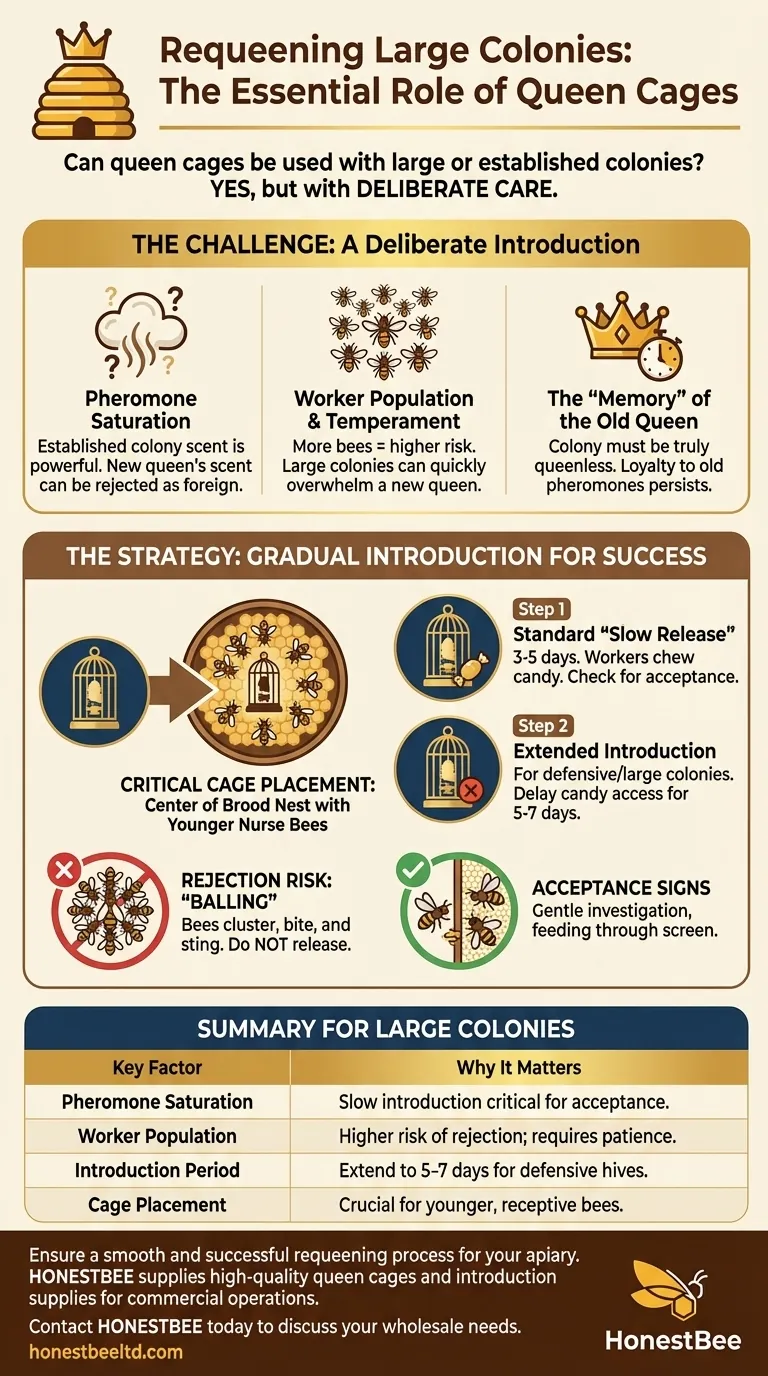
Related Products
- Double Head Beekeeping Grafting Tools for Beekeepers
- Queen Bee Marking Tube Cage Bottle Catcher Holder with Clear Plastic Plunger Marker
- Plastic Queen Bee Catcher Marker Tube Holder for Queen Marking Bottle
- Professional Dual-End Stainless Steel Hive Tool for Beekeeping
- Multi-Function Plier-Style Frame Grip Hive Tool
People Also Ask
- What happens if a larva is grafted too late? Avoid Scrub Queens and Failed Rearing
- What tools are commonly used for grafting? Master Queen Rearing with the Right Tool
- What tools are used to transfer larvae into queen cell cups? A Guide to Grafting Tools for Queen Rearing
- What should be done after grafting is completed? A Step-by-Step Guide to Protect Your Queen Cells
- When do queens emerge after grafting? Master the 12-Day Critical Window




